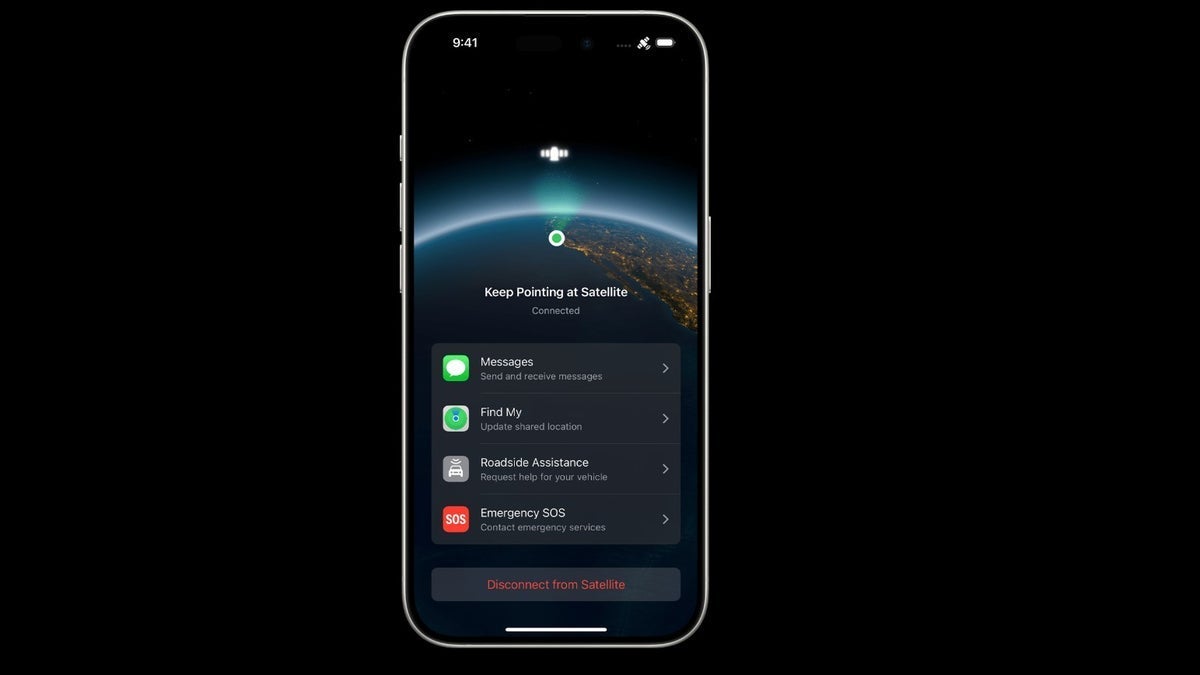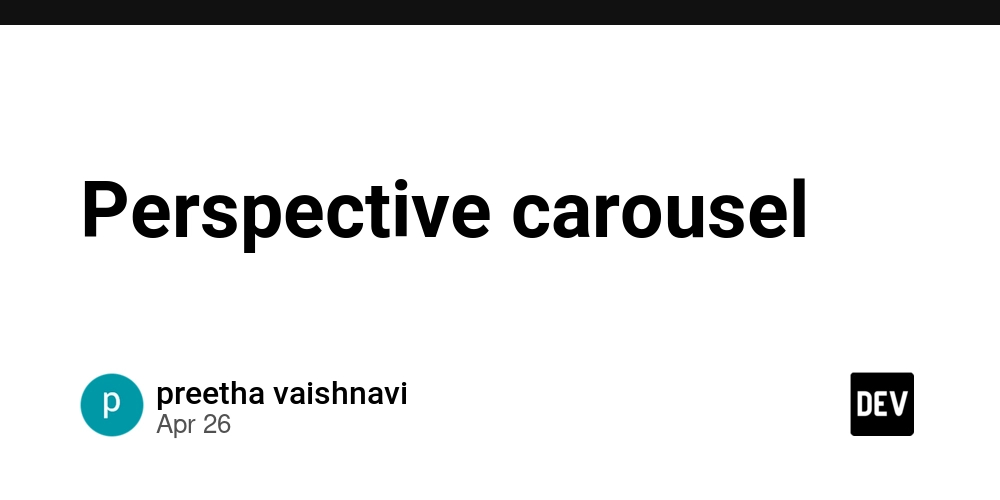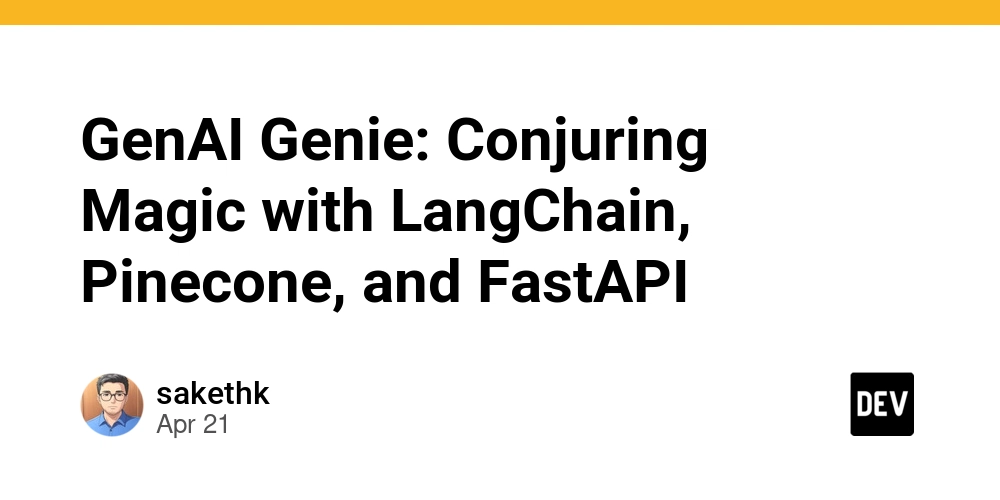Arbitrum Tokenomics: A Comprehensive Overview
Abstract: This blog post offers a deep dive into the tokenomics behind Arbitrum—Ethereum’s leading layer-2 scaling solution. We explore its origin, technology, and how its ARB tokens drive network efficiency, governance, and ecosystem growth. The post covers the background of layer-2 solutions, examines key features like token distribution and supply dynamics, reviews practical use cases, discusses potential challenges, and speculates on future innovations. With tables, bullet lists, and enriched hyperlinks—including authoritative resources and relevant Dev.to articles—this article serves both developers and crypto enthusiasts seeking clarity on Arbitrum’s evolving economic model. Introduction Arbitrum has emerged as a dominant layer-2 solution for Ethereum, addressing scalability challenges and high transaction fees while preserving the robust security of the mainchain. Its tokenomics—the economic design behind its ARB tokens—are a key component behind its rapid adoption and long-term viability. In this post, we explore how Arbitrum’s economic model works, discuss its underlying technology (namely Rollup technology), and assess its broader implications in the blockchain space. Blockchain developers, investors, and enthusiasts alike have closely observed the evolution of tokenomics in the decentralized landscape. Arbitrum’s model not only facilitates low-cost and fast transactions but also fosters an ecosystem where community governance, staking, and liquidity provision are incentivized. As Ethereum continues to scale, understanding concepts such as blockchain scalability, smart contracts, and the role of utility tokens becomes critical. Background and Context The Emergence of Layer-2 Solutions As Ethereum grew, its network faced challenges such as congestion and soaring gas fees. Layer-2 scaling solutions were developed to address these issues while still benefitting from Ethereum's security. Arbitrum is at the forefront of these innovations, making use of Rollup technology to bundle transactions off-chain before a collective verification on the Ethereum mainnet. To learn more about blockchain scalability, refer to blockchain scalability solutions. What is Arbitrum? Developed by Offchain Labs, Arbitrum simplifies complex on-chain transactions by processing them off-chain, subsequently publishing a summary or “rollup” on Ethereum. This mechanism not only increases transaction throughput but also significantly reduces fees, allowing developers and users to operate more efficiently in the decentralized world. For a technical overview of its underlying mechanism, check out Arbitrum Rollups. History and Evolution Arbitrum’s development journey echoes the fast-paced innovation seen across the blockchain industry. Originally conceptualized as part of Ethereum’s scaling roadmap, it has grown from a laboratory experiment into a reliable network that supports decentralized applications (dApps) and complex smart contracts. Its evolution is continually driven by the needs of developers and the community, positioning it as a hub for future scaling innovations. Core Concepts and Features At the heart of Arbitrum lies its ARB token. This token is used for several purposes within the ecosystem, including transaction fee payments, governance votes, staking incentives, and liquidity provision. Utility of ARB Tokens Transaction Fees: Users pay minimal fees in ARB tokens to complete off-chain transactions, ensuring affordability. Governance: Token holders can influence key decisions via decentralized governance models. Staking Incentives: ARB tokens often form the basis for staking, enabling participants to secure the network while earning rewards. Liquidity Provision: Deployed in various liquidity pools, ARB tokens support seamless trading and decentralized finance (DeFi) applications. For additional insights into token utility, consider exploring NFT Tokenomics. Token Distribution The distribution model of ARB tokens is carefully engineered to balance investor interests, community incentives, and long-term development reserves. Tokens are allocated among early investors, community proponents, development funds, and future reserves. This structured approach is intended to foster a self-sustaining ecosystem and promote network growth. A simplified table below summarizes the typical breakdown in token distribution models: Allocation Category Purpose Impact Early Investors Initial funding and project validation Catalyzes early-stage adoption Community Incentives Rewards for active participants and contributors Encourages decentralized engagement Development & Reserves Funds allocated for future technological upgrades and governance Supports long-term network sustainability Liquidity Provision Tokens used to power trading and DeFi protocols Enhances market stability and utility Learn more about detai
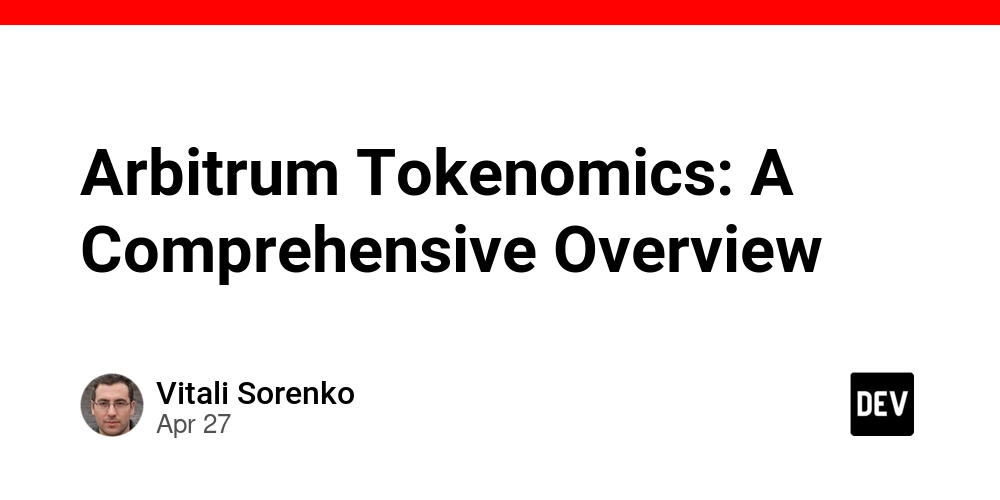
Abstract:
This blog post offers a deep dive into the tokenomics behind Arbitrum—Ethereum’s leading layer-2 scaling solution. We explore its origin, technology, and how its ARB tokens drive network efficiency, governance, and ecosystem growth. The post covers the background of layer-2 solutions, examines key features like token distribution and supply dynamics, reviews practical use cases, discusses potential challenges, and speculates on future innovations. With tables, bullet lists, and enriched hyperlinks—including authoritative resources and relevant Dev.to articles—this article serves both developers and crypto enthusiasts seeking clarity on Arbitrum’s evolving economic model.
Introduction
Arbitrum has emerged as a dominant layer-2 solution for Ethereum, addressing scalability challenges and high transaction fees while preserving the robust security of the mainchain. Its tokenomics—the economic design behind its ARB tokens—are a key component behind its rapid adoption and long-term viability. In this post, we explore how Arbitrum’s economic model works, discuss its underlying technology (namely Rollup technology), and assess its broader implications in the blockchain space.
Blockchain developers, investors, and enthusiasts alike have closely observed the evolution of tokenomics in the decentralized landscape. Arbitrum’s model not only facilitates low-cost and fast transactions but also fosters an ecosystem where community governance, staking, and liquidity provision are incentivized. As Ethereum continues to scale, understanding concepts such as blockchain scalability, smart contracts, and the role of utility tokens becomes critical.
Background and Context
The Emergence of Layer-2 Solutions
As Ethereum grew, its network faced challenges such as congestion and soaring gas fees. Layer-2 scaling solutions were developed to address these issues while still benefitting from Ethereum's security. Arbitrum is at the forefront of these innovations, making use of Rollup technology to bundle transactions off-chain before a collective verification on the Ethereum mainnet. To learn more about blockchain scalability, refer to blockchain scalability solutions.
What is Arbitrum?
Developed by Offchain Labs, Arbitrum simplifies complex on-chain transactions by processing them off-chain, subsequently publishing a summary or “rollup” on Ethereum. This mechanism not only increases transaction throughput but also significantly reduces fees, allowing developers and users to operate more efficiently in the decentralized world. For a technical overview of its underlying mechanism, check out Arbitrum Rollups.
History and Evolution
Arbitrum’s development journey echoes the fast-paced innovation seen across the blockchain industry. Originally conceptualized as part of Ethereum’s scaling roadmap, it has grown from a laboratory experiment into a reliable network that supports decentralized applications (dApps) and complex smart contracts. Its evolution is continually driven by the needs of developers and the community, positioning it as a hub for future scaling innovations.
Core Concepts and Features
At the heart of Arbitrum lies its ARB token. This token is used for several purposes within the ecosystem, including transaction fee payments, governance votes, staking incentives, and liquidity provision.
Utility of ARB Tokens
- Transaction Fees: Users pay minimal fees in ARB tokens to complete off-chain transactions, ensuring affordability.
- Governance: Token holders can influence key decisions via decentralized governance models.
- Staking Incentives: ARB tokens often form the basis for staking, enabling participants to secure the network while earning rewards.
- Liquidity Provision: Deployed in various liquidity pools, ARB tokens support seamless trading and decentralized finance (DeFi) applications.
For additional insights into token utility, consider exploring NFT Tokenomics.
Token Distribution
The distribution model of ARB tokens is carefully engineered to balance investor interests, community incentives, and long-term development reserves. Tokens are allocated among early investors, community proponents, development funds, and future reserves. This structured approach is intended to foster a self-sustaining ecosystem and promote network growth.
A simplified table below summarizes the typical breakdown in token distribution models:
| Allocation Category | Purpose | Impact |
|---|---|---|
| Early Investors | Initial funding and project validation | Catalyzes early-stage adoption |
| Community Incentives | Rewards for active participants and contributors | Encourages decentralized engagement |
| Development & Reserves | Funds allocated for future technological upgrades and governance | Supports long-term network sustainability |
| Liquidity Provision | Tokens used to power trading and DeFi protocols | Enhances market stability and utility |
Learn more about detailed token distribution strategies at Arbitrum Token Distribution.
Supply Dynamics
The supply of ARB tokens is managed using both inflationary rewards for participation and deflationary mechanisms such as token burns to curb oversupply. This balanced systemic design is crucial for ensuring long-term token appreciation while providing adequate incentives during network expansion stages. For a deeper understanding of these dynamics, please refer to Arbitrum Tokenomics.
Governance and Community Participation
The decentralized governance model in Arbitrum places decision-making power in the hands of the community. Governance proposals, spearheaded by ARB token holders, allow the network to evolve organically. This system creates accountability and transparency in protocol updates and economic adjustments. More on community-led governance can be explored in Arbitrum for Developers.
Applications and Use Cases
Arbitrum’s flexible tokenomics and scalable infrastructure have spawned a wide array of practical applications:
Decentralized Finance (DeFi):
Many DeFi platforms have integrated Arbitrum to reduce fees and process transactions faster. Enhanced liquidity provision and staking options make transferring funds efficient without compromising security.Decentralized Applications (dApps):
Developers can deploy smart contracts with lower gas fees, making the creation and use of dApps economically viable even with smaller user bases. This has led to a surge in innovative projects that rely on the cost-effective structure of Arbitrum’s network.Governance and Community Initiatives:
Community-driven projects benefit from the governance and staking characteristics of ARB tokens. With the power to submit proposals and vote on network parameters, token holders cultivate an inclusive digital ecosystem.
To see a technical perspective on how network congestion and decentralized governance impact scalability, review the excellent piece on Arbitrum and Network Congestion: Navigating the Future of Scalable dApps.
Challenges and Limitations
While Arbitrum offers numerous advantages, it is not without challenges:
Market Volatility:
Like most cryptocurrencies, the price of ARB tokens is subject to market fluctuations. Volatility can affect the economic incentives for staking and governance participation.Regulatory Risks:
Global regulatory environments continue to evolve. Ambiguous regulations or stringent guidelines may affect token issuance, distribution, and overall ecosystem growth.Competition:
Arbitrum’s competitors such as Optimism and zkSync continue to innovate and challenge its market leadership. Each solution has its own set of advantages and trade-offs which may influence developer decisions.Technical Complexities:
While off-chain transaction bundling through Rollups increases throughput, it also introduces new technical challenges such as ensuring fault tolerance and managing consensus across network layers.
A bullet list summarizing these challenges is provided below:
- Market Volatility: Unstable token prices influencing incentives
- Regulatory Risks: Potential legal hurdles and compliance issues
- Competitive Pressure: Rival networks that may offer alternative scaling methods
- Technical Complexity: Implementation risks in off-chain data aggregation and security
For a further detailed discussion on these topics, check out Arbitrum Challenges.
Future Outlook and Innovations
Evolving Ecosystem and Technological Advancements
The future of Arbitrum looks promising with continuous improvements planned for both its technological framework and tokenomics model. Innovations on the horizon include:
Enhanced Smart Contract Compatibility:
Future network upgrades may introduce more efficient ways to run complex smart contracts while maintaining lower gas fees, fostering broader adoption among dApp developers.Cross-Chain Solutions:
As blockchain interoperability becomes increasingly important, Arbitrum is expected to integrate more cross-chain functionalities. Such solutions could allow seamless asset transfer between major blockchains, further expanding the utility of ARB tokens.Decentralized Governance Models:
With improved on-chain voting mechanisms and clearer governance frameworks, community involvement is set to take a more prominent role in shaping future protocol upgrades and economic policies.
Industry Trends and Projections
The blockchain world is in a constant state of evolution. As more developers and institutions explore decentralized finance, tokenized assets, and agile governance structures, systems like Arbitrum will likely serve as blueprints for future layer-2 solutions. Innovations in cryptoeconomics and smart contract design are anticipated to open new avenues for collaboration, efficiency, and transparency.
A Dev.to article that examines community governance within the ecosystem provides excellent insights into these trends. Read Arbitrum and Community Governance: Pioneering Decentralized Decision Making for more details on how community-led initiatives are shaping the future of blockchain platforms.
Future Challenges to Monitor
The landscape is not without its obstacles:
Scalability vs. Security Trade-offs:
Ensuring that increased scalability does not weaken the underlying security of the network remains a key challenge.Adoption Curve:
Widespread user adoption depends on ease of use and overcoming the learning curve associated with new network protocols and governance models.Regulatory Oversight:
Ongoing regulatory discussions may influence network parameters, token distribution, and the overall ecosystem dynamics. Monitoring legal frameworks will be essential for long-term planning.
Summary
To summarize, Arbitrum Tokenomics form the backbone of an innovative layer-2 scaling solution designed to enhance Ethereum's throughput while keeping fees low and security intact. This accessibility is achieved through:
- Advanced Rollup Technology: Ensuring off-chain processing to alleviate Ethereum congestion.
- Well-Structured ARB Tokens: Empowering ecosystem participants by funding governance, staking, and liquidity transactions.
- Robust Token Distribution: Balancing investor returns with community-led incentives for a sustainable future.
- Dynamic Supply Management: Blending inflationary rewards with deflationary strategies to stabilize long-term token value.
Arbitrum’s success is a prime example of how strategic tokenomics can drive a decentralized network's performance, economic resilience, and capacity for innovation. As this space evolves, continuous improvements in cross-chain interoperability, decentralized governance, and smart contract efficiency will propel the platform even further. For a more comprehensive technical dive into the tokenomics, consider reviewing the original article on Arbitrum Tokenomics.
Furthermore, insights on open-source funding and blockchain integration from various industry experts continue to inspire new strategies in decentralized finance and governance. Additional perspectives from Dev.to elaborations—such as Exploring Open-Source Licensing Models in the Blockchain Era: A Deep Dive—offer further context on the intersection between technology and finance.
Final Thoughts
Arbitrum’s tokenomics prove to be a powerful example of how decentralized systems can be economically engineered to scale efficiently while maintaining robust security and community accountability. Its ability to merge technical innovation with sound economic incentives makes it a compelling study subject for anyone interested in blockchain, decentralized finance, or emerging technology trends.
By understanding the comprehensive structure—from blockchain scalability and Rollup technology to sophisticated token distribution and governance models—stakeholders are better equipped to navigate the dynamic crypto markets and contribute to a more decentralized future. The road ahead for Arbitrum is one of continuous learning, adaptation, and technological evolution. As the ecosystem matures, so do the opportunities for growth, innovation, and community engagement.
Quick Reference
Key Terms and Concepts:
- Layer-2 Scaling Solutions: Approaches that offload transaction processing from the main blockchain to reduce fees and congestion.
- Rollup Technology: Bundling transactions off-chain, then validating on-chain.
- ARB Tokens: Utility tokens that power transaction fees, governance, staking, and liquidity in the Arbitrum ecosystem.
- Tokenomics: The economic structure and distribution that underpins a cryptocurrency's ecosystem.
Useful Resources:
- Arbitrum Rollups
- NFT Tokenomics
- Arbitrum Challenges
- Optimism and zkSync for comparison
For further reading from the Dev.to community:
- Arbitrum and Network Congestion
- Arbitrum and Community Governance
- Exploring Open-Source Licensing Models
This comprehensive guide highlights the significance of Arbitrum in the blockchain ecosystem. By combining robust technical mechanisms with sound economic principles, Arbitrum paves the way for innovative decentralized solutions. Whether you are a developer, investor, or crypto enthusiast, understanding these underlying tokenomics is essential to staying ahead in the rapidly evolving world of blockchain technology.
































































































































































![[The AI Show Episode 143]: ChatGPT Revenue Surge, New AGI Timelines, Amazon’s AI Agent, Claude for Education, Model Context Protocol & LLMs Pass the Turing Test](https://www.marketingaiinstitute.com/hubfs/ep%20143%20cover.png)











































































































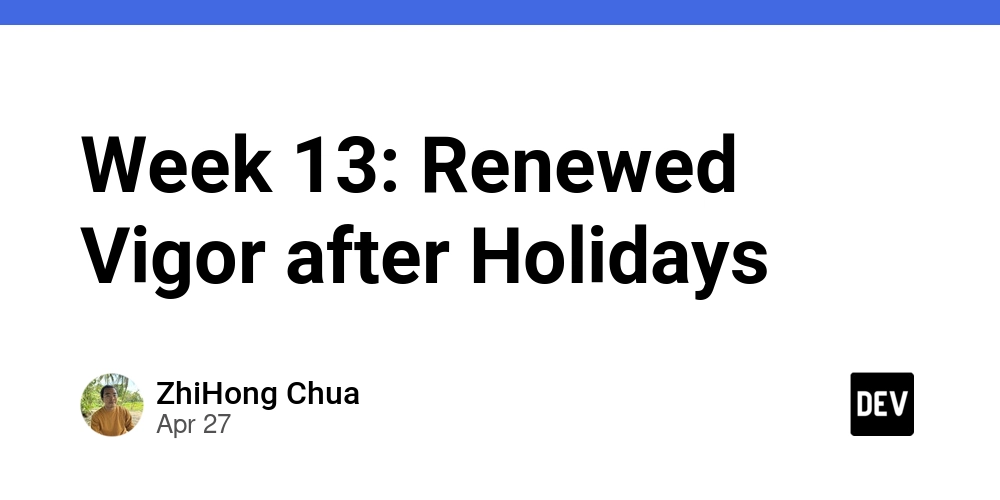
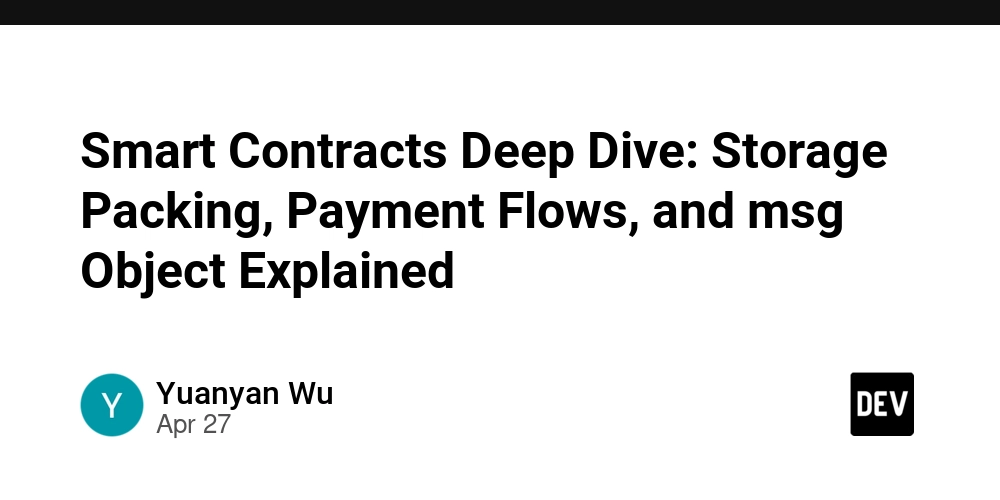













![[DEALS] Koofr Cloud Storage: Lifetime Subscription (1TB) (80% off) & Other Deals Up To 98% Off – Offers End Soon!](https://www.javacodegeeks.com/wp-content/uploads/2012/12/jcg-logo.jpg)
























![Is this too much for a modular monolith system? [closed]](https://i.sstatic.net/pYL1nsfg.png)


























-The-Elder-Scrolls-IV-Oblivion-Remastered---Official-Reveal-00-18-14.png?width=1920&height=1920&fit=bounds&quality=70&format=jpg&auto=webp#)
























































































_roibu_Alamy.jpg?width=1280&auto=webp&quality=80&disable=upscale#)




 CISO’s Core Focus.webp?#)









































































































![iPadOS 19 May Introduce Menu Bar, iOS 19 to Support External Displays [Rumor]](https://www.iclarified.com/images/news/97137/97137/97137-640.jpg)

![Apple Drops New Immersive Adventure Episode for Vision Pro: 'Hill Climb' [Video]](https://www.iclarified.com/images/news/97133/97133/97133-640.jpg)



















































